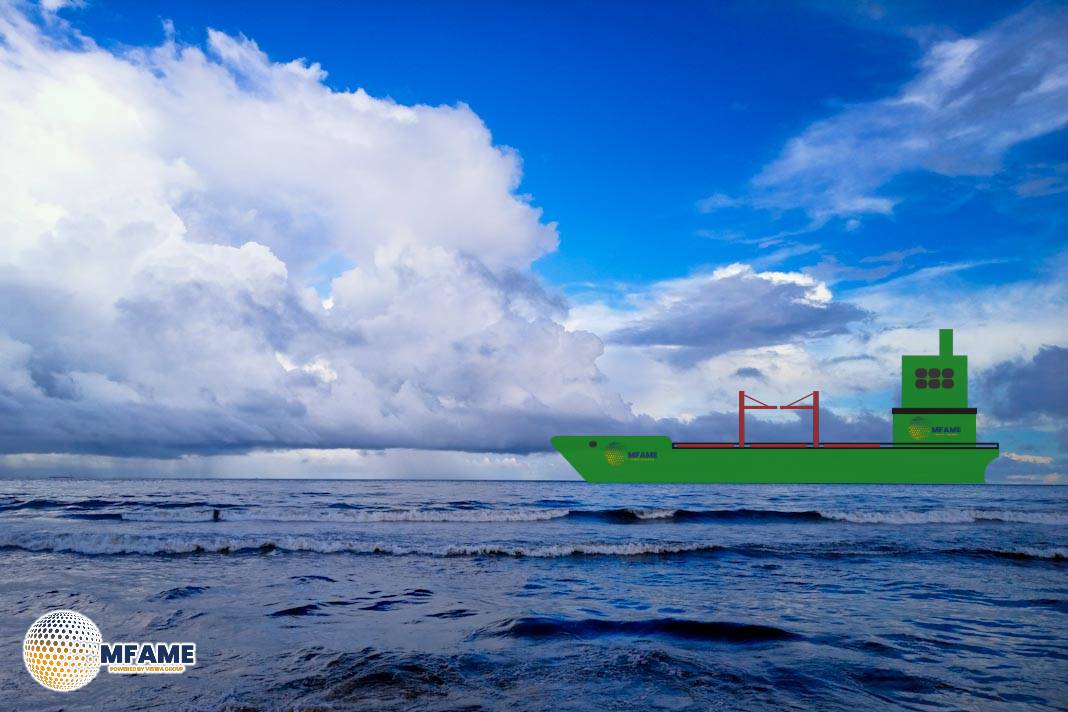- Hong Kong Convention on Ship Recycling Takes Effect June 2025.
- IMO’s Net-Zero Framework Aims for Major GHG Emission Cuts by 2050.
- Stricter Emission Controls Begin in Mediterranean and Canadian Arctic.
A full suite of International Maritime Organisation (IMO) and International Labour Organisation (ILO) legislation will come into effect during the next few months, having major implications for environmental, safety, and seafarer welfare standards. These reforms, which are detailed in Lloyd’s Register’s Future IMO and ILO Legislation – Spring 2025 report, cover mandatory statutory amendments with effective dates on or after 1 May 2025, reports LR.
Key Regulations Coming into Effect
Some of the key regulations shortly to take effect include the Hong Kong Convention on Ship Recycling, effective 26 June 2025, and MARPOL Annexe VI amendments on data collection requirements under the IMO Data Collection System (DCS) from 1 August 2025.
Environmental Footprint and Safety Standards
Most of these regulations aim at minimising the environmental footprint of shipping while upholding the high safety standards of the industry. A pioneering development is the IMO’s Net-Zero Framework, to be adopted in October 2025 and come into force in March 2027, where ships must initiate compliance by 1 January 2028. The framework provides for a 30 per cent drop in greenhouse gas (GHG) emissions intensity by 2035, with a more ambitious direct compliance objective of 43 per cent, progressing towards a 65 per cent drop by 2040, all based on 2008 levels, ultimately targeting net-zero emissions by about 2050.
Guidelines on Marine Fuel Emissions
To support the framework, the 2024 Guidelines on Life Cycle GHG Intensity of Marine Fuels, applicable as of 2025, will be further supplemented with fuel pathways and default emissions factors. These are necessary for the proper calculation of a ship’s greenhouse gas fuel intensity (GFI) and overall emissions.
Geographical Emission Control Areas
Environmental regulations shall also cover certain geographic areas. The Mediterranean Sea became a Sulphur Oxides (SOx) Emission Control Area (ECA) from 1 May 2025, with ships calling at the area having to utilise compliant fuels with a sulphur limit of 0.10 per cent or utilise abatement technology as an equivalent method of compliance. In the same manner, the Canadian Arctic will experience phased controls on NOx and SOx emissions. Newbuilds contracted after 2026 will be subject to Tier III NOx requirements when sailing within the NOx ECA, and all vessels sailing in the SOx ECA will be required to employ fuel with a sulphur content not exceeding 0.10 per cent from March 2027.
Ship Recycling Regulations
The Hong Kong Convention for the Safe and Environmentally Sound Recycling of Ships, coming into effect on 26 June 2025, mandates new ships and vessels to be sent to recycling yards with an approved Inventory of Hazardous Materials and to be recycled only at approved ship recycling facilities after a final survey and a plan for ship recycling. Existing ships above 500 GT that make international voyages must have an approved Inventory of Hazardous Materials on board by mid-2030.
Safety Regulation Updates
From 1 January 2026, LSA Code amendments will set a limit on the maximum rate of lowering of fully loaded survival crafts and require minimum lowering rates for high-sided ships over 30 meters in length. Further amendments to SOLAS Chapter II-2/7.5.5 will place requirements for fire protection previously mandatorily applicable to service and accommodation spaces on new cargo ships on all control stations and cargo control rooms.
Emerging Technologies and Operational Challenges
The IMO is progressing towards a mandatory Maritime Autonomous Surface Ships (MASS) Code, which is expected to come into force in 2032, outlining a framework for safely deploying autonomous cargo ships. Concurrently, there will be a major revision of SOLAS Chapter III and the LSA Code on the same date to overhaul requirements and address current gaps.
Seafarer Welfare and Training
Seafarers’ welfare and training are also being given fresh attention. New requirements for specific training in sexual assault and harassment prevention come into force on 1 January 2026. A review of the entire STCW Convention is underway and is due to report in the early 2030s. New agreed amendments to the Maritime Labour Convention seek to enhance seafarers’ welfare, notably their repatriation and leave ashore while in port.
Expert Insights on Regulatory Changes
Mark Towl, Lloyd’s Register’s principal regulatory risk specialist, said, “The number and complexity of the regulatory updates that are taking place is challenging to understand. The recent agreement to a Net Zero Framework to reduce the GHG intensity of shipping, and the consequential measures to enable that to happen safely, are historically among the biggest regulatory disrupters to shipping’s business model.
“We have produced the latest edition of the Future IMO and ILO Legislation to continue LR’s role of providing trusted advice to our clients as they adapt to the quickly changing increasing complex regulatory framework. Compliance will involve revising operational procedures, upgrading equipment, ensuring crews’ training is updated, and planning for future technologies that contribute to a safer and more sustainable future for shipping. LR can support shipyards’, owners’, operators’ and managers’ preparation for compliance with the upcoming changes.”
Did you subscribe to our daily Newsletter?
It’s Free Click here to Subscribe!
Source: LR


















